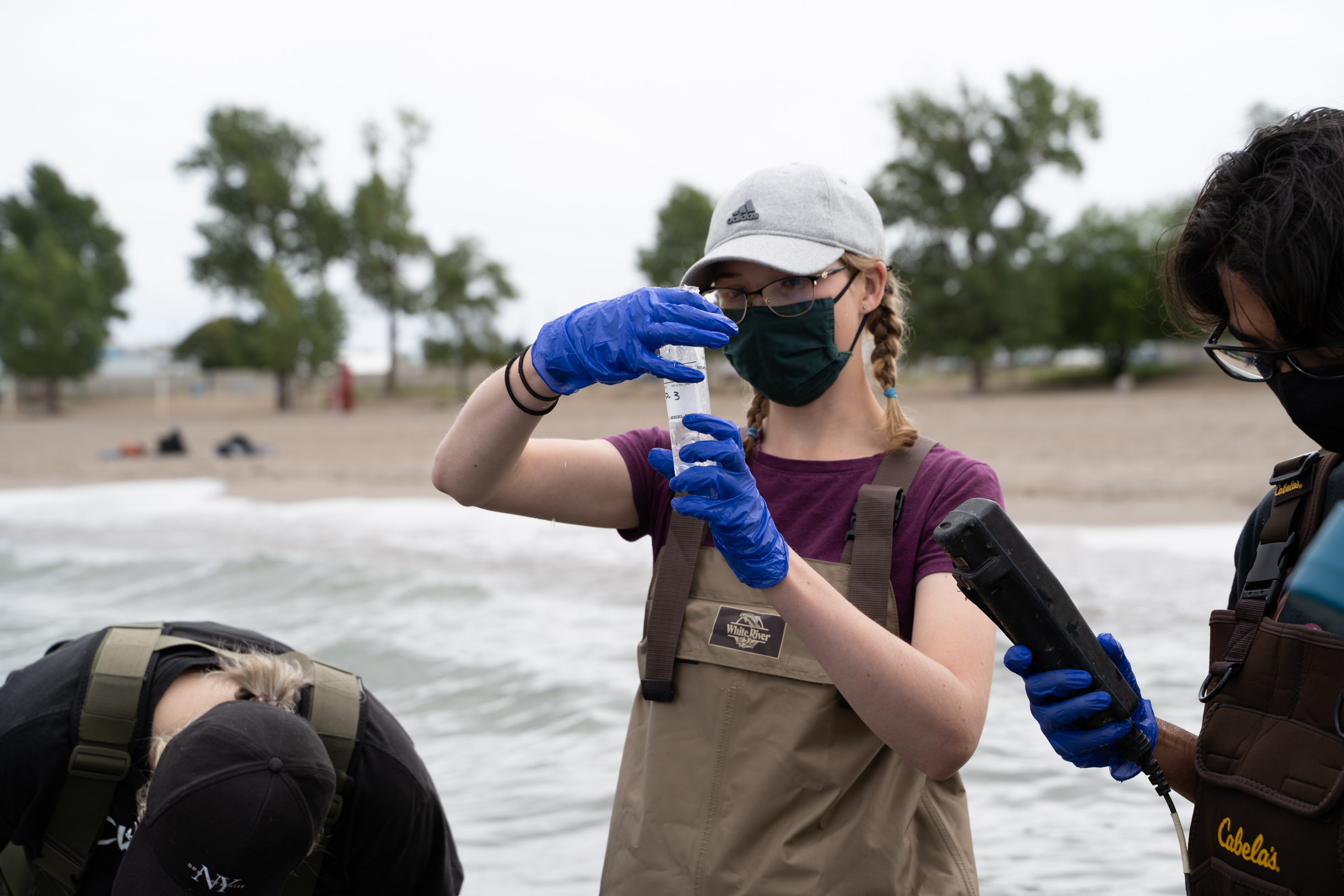Thanks to a new water-monitoring program, a much-loved Niagara-on-the-Lake beach is finally getting the care it deserves.
In response to Keeping it Green columns that raised concerns about Niagara Shores, the non-profit environmental organization Niagara Coastal has begun regular water quality sampling at the park.
As one of only three publicly accessible shorelines in Niagara-on-the-Lake, the Niagara Shores beach is a popular spot for hiking, dog walking and even swimming.
But, through regular litter cleanups and monitoring, I and the community forming around Keeping it Green have identified several threats to the shoreline environment.
The water-access staircase was removed many years ago, likely due to ongoing, rapid erosion of the cliffs overlooking the water. The proximity of the beach to the nearby sewage treatment facility, as well as local combined sewer overflows, are also of concern for water quality.
Over the past few years, we collected and documented a large amount of plastic litter at Niagara Shores, most of which was related to sewage waste: Q-tips, tampon applicators and insulin needles. “These are indicators of sewage pollution,” says Tessa Anderson, a water science and communications specialist for Niagara Coastal.
“Typically, these are things that are flushed down a toilet and make their way onto shorelines when untreated or partially treated sewage overflows, often during storms,” she says.
It’s best to avoid swimming in the lake 24 to 48 hours after rainfall, because these overflows can cause elevated bacterial levels.
“Every Wednesday, our staff go out with volunteer community scientists to collect five water samples at the beach to look for E. coli bacteria,” says Anderson.
E. coli can cause gastrointestinal problems, skin and eye irritation, and can indicate the presence of other harmful compounds in water.
They bring samples back to the lab at Niagara College, “process them over 24 hours, and share those results with the public every Thursday on Swim Guide,” says Anderson.
The Swim Guide is a free app and website, run by Swim Drink Fish, where people can look up water quality at local beaches and make informed decisions for their own recreation.
The sampling is funded by the Niagara Community Foundation, which allows Niagara Coastal and Niagara College to monitor locations across Lake Erie and Lake Ontario for recreational water quality. Keeping tabs on these conditions truly is the first step toward improving the Niagara Shores beach environment.
A few years ago, an ongoing issue with E. coli at Queen’s Royal Park was discovered through a similar monitoring program. By checking the beach conditions regularly, the problem was discovered, addressed and drastically improved.
Locals who are keen to protect the beloved Niagara Shores beach can volunteer as community scientists by signing up to help with water sampling at niagaraCoastal.ca.
Volunteers can also submit visual surveys through Niagara Coastal’s VAST tool, which simply involves taking photos and making observations while you visit Niagara Shores. These help to track issues like erosion, algae blooms and plastic pollution, and how they change over time.
This growing collection of data will allow coastal managers, like the Niagara Peninsula Conservation Authority and Environment Canada, to make informed decisions about protecting and restoring our shorelines.
And as concerned members of the community, we can be directly involved in making this happen.
Kyra Simone is a PhD student in environmental science, with master’s degrees in biology and science communication. When not researching climate change, she advocates for a sustainable future, picks up litter, and makes recycled jewelry.









